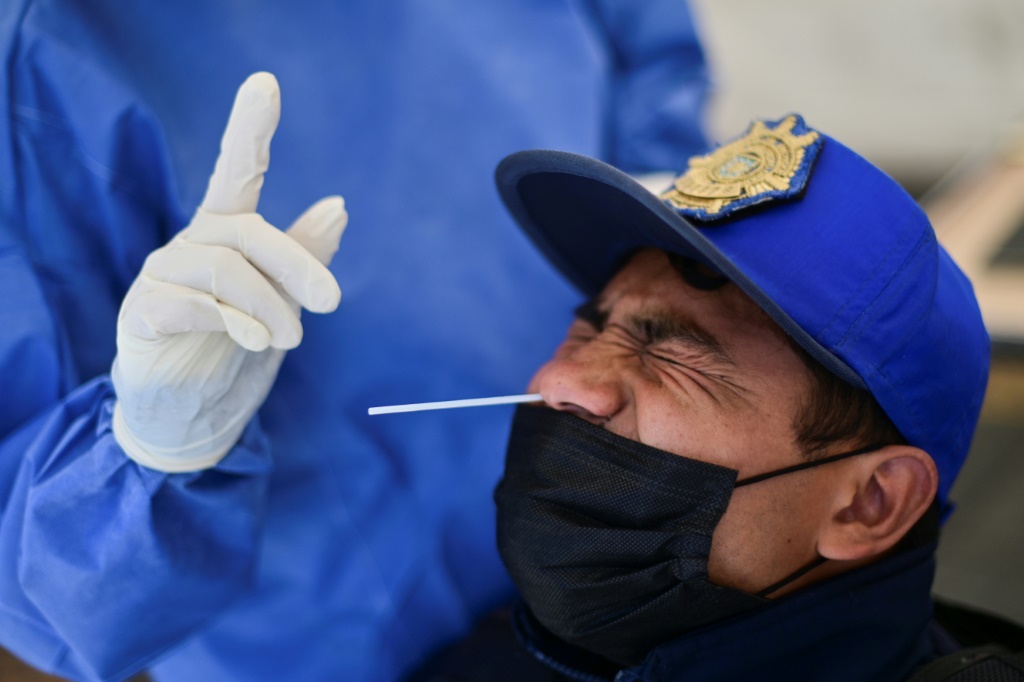A study published Wednesday in Nature detailed how the virus that causes COVID-19 infects crucial immune cells, causing inflammation, and ultimately severe symptoms of the disease.
The authors of the study found that SARS-COV-2, the virus that causes COVID-19, infects monocytes and macrophages. Monocytes are immune cells in the blood that lookout for invaders.
Macrophages are found in the lungs and kill microorganisms and get rid of dead cells. Both are white blood cells and key components of the immune system.
Researchers analyzed blood from people infected with the coronavirus and discovered that 6% of monocytes were experiencing pyroptosis, which is a form of cell death connected to inflammation. The dying cells were infected with SARS-COV-2 and likely set inflammatory responses in motion.
According to co-author Judy Lieberman, the amount of dying cells present was abnormal because the body usually rids itself of dead cells hastily.
The researchers also analyzed macrophages in the lungs of patients who died due to COVID-19 and found that 25% of the cells had activated inflammatory responses, some of which had been infected with the coronavirus.
“When cells die by pyroptosis, they release all kinds of inflammatory proteins that cause fever and summon more immune cells to the site… “We don’t have any way of treating that once it gets started,” Lieberman said, as reported by CNN.
Due to the surge of emergency signals activated, it becomes troublesome to contain.
“These findings taken together suggest that antibody-mediated SARS-CoV-2 uptake by monocytes/macrophages triggers inflammatory cell death that aborts production of infectious virus but causes systemic inflammation that contributes to COVID-19 pathogenesis,” the study’s authors said.
















